Chateau Fuisse Pouilly Fuisse Tete De Cuvee 2018
Шато Фюисе е достигнал върха на качеството в региона със своите вина, съперничещи си с по-известните наименования, като Пюлини-Монраше, Шасан-Монраше и Мюрсо на север. Тет де Кюве от Шато Фюисе е смесица от над 20 първокласни лозя в целия район на Пуйи Фюисе. Парцели с високо съотношение на варовик, допринасят за интензивен парфюм и още повече деликатност в устата. Тези , където глината е по-изявена, са по-малко ароматни, но по-пълни, по-твърди и структурирани. Лозите са средно на 30 години.Всяка лозарска площадка се винифицира отделно, докато се избере крайната смес след отлежаване. 60% от виното отлежава в дъбова бъчва (25% нова), докато останалите 40% се съхраняват в неръждаема стомана, за да запазят чистите си плодове.
Profile
-
Fruit
-
Body
-
Dryness
-
Freshness
-
Alcohol
Variety
Flavours
-

-

-

Glass

Serving Temperature

Food pairing
-

-

-

Maturity
Drink nowMore about this product

Шато Фюисе
Château de Fuissé е собственост на семейство Винсент от 1862 г., като всяко от петте поколения изгражда лозовите масиви и укрепва репутацията на имота като водещ производител в Mâconnais. Днес домейнът е под ръководството на Антоан Винсент, който не само управлява управлението на имението, но и е отговорен за винопроизводството. Замъкът остава семеен дом, богат на история и незабавно разпознат от своята отличителна петоъгълна кула от 15-ти век и ренесансова веранда.
All wines of the same producer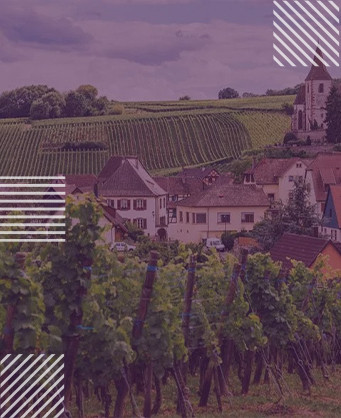
Burgundy
In this area, red wines are produced from one variety - Pinot Noir, but the wines actually vary in quality from light and ordinary to rich, complex and truly majestic. Burgundy is famous for its small vineyards and it is generally believed that the smaller the area of the vineyard, the better the wine. The best Burgundy wines come from Côte d'Or, a strip of only 30 miles, divided in the center into 2 separate parts; Côte de Nuit to the north and Côte de Beaune to the south. The fame of Cotê de Nuits is in the red wines - 95% of Pinot Noir grapes are produced here. Of course, here are some of the best, able to age, the most exotic and expensive wines. The Côte de Beaune produces approximately 38% white wine, 60% red wine and 2% sparkling wine. The white wine variety is exclusively Chardonnay, and the quality varies from the best, Montrachets and Corton Charlemagnes, Meursault, Puligny and Chassagne to the more ordinary Macon Blanc. The former are traditionally aged in small oak barrels, while Macon wines are usually lighter in character and have a good value for money. The red wines from Beaune do not have the fame of their "brothers" from Côte de Nuit, with exceptions here are those who come from Pomard, Corton and Volney. In general, they are lighter in style, but depending on the harvest they can show potential that successfully competes with the Côte de Nuits and beyond.
More wines of this region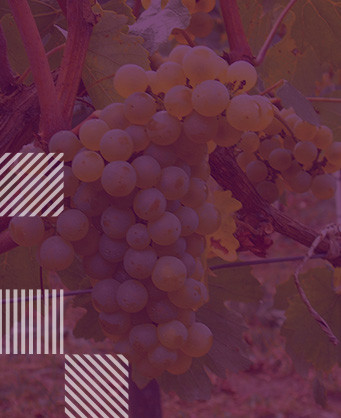
Chardonnay
Chardonnay is the world's most famous white-wine grape and also one of the most widely planted. Of course, the most highly regarded expressions of the variety are those from Burgundy and California, but many high-quality examples are made in Italy, Australia, New Zealand and parts of South America. Describing the flavours of Chardonnay is not easy. This is not thanks to the complexity of the varietal itself but usually due its susceptibility to winemaking techniques - such as Malolactic fermentation which gives distinctive buttery aromas or Fermentation or maturation in oak barrels which contributes to the wine with smokey notes of vanilla, honey and even cinnamon, and not last the lees contact while in barrel imparts biscuity, doughy flavours. And all these incorporated with the varietal aromas of tropical (banana, pineapple and guava) to stone fruits (peach, nectarine and apricot), sometimes even citrus and apple notes. Climate plays a major role in dictating which fruit flavours a Chardonnay will have - warm regions (California, Australia ) make more tropical styles; temperate zones (southern Burgundy, New Zealand) - stone fruit notes, while the very coolest (Chablis, Champagne) lean towards green-apple aromas.
More wines of the same variety
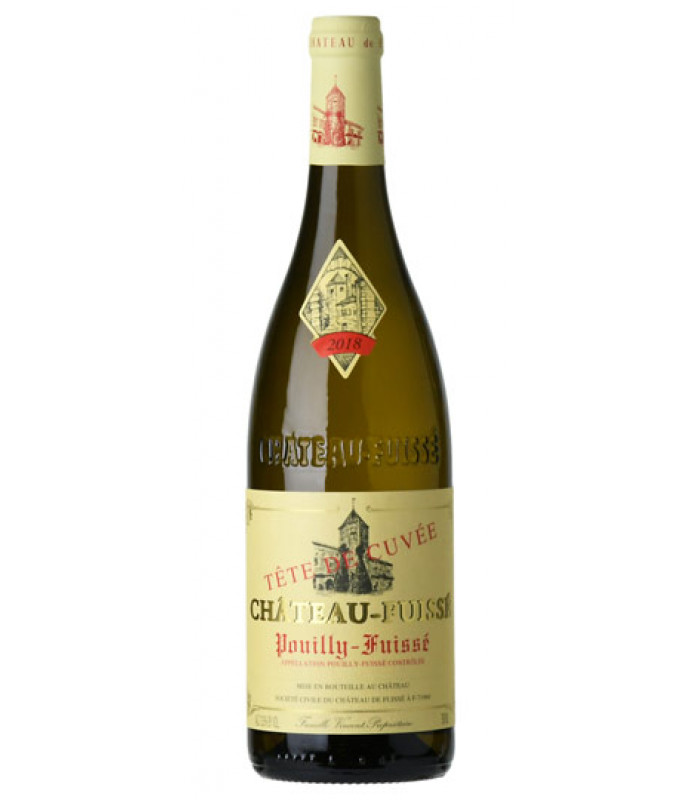


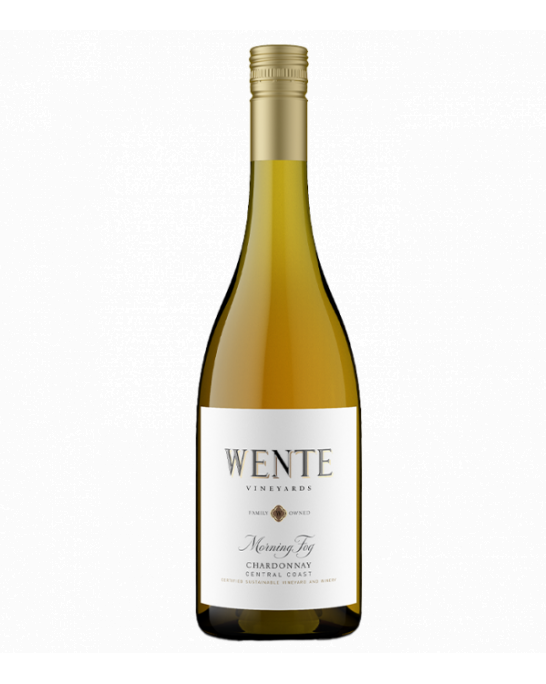
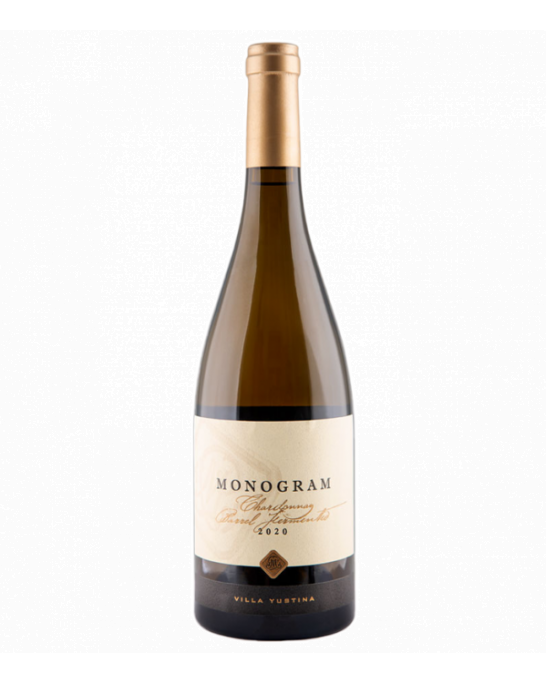
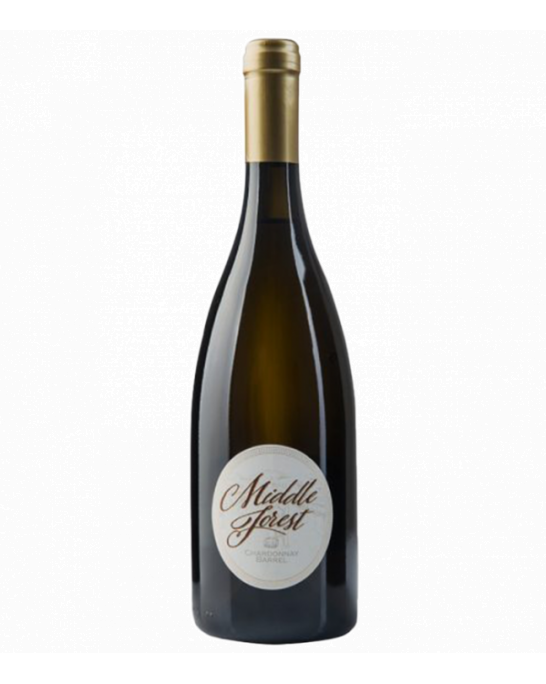
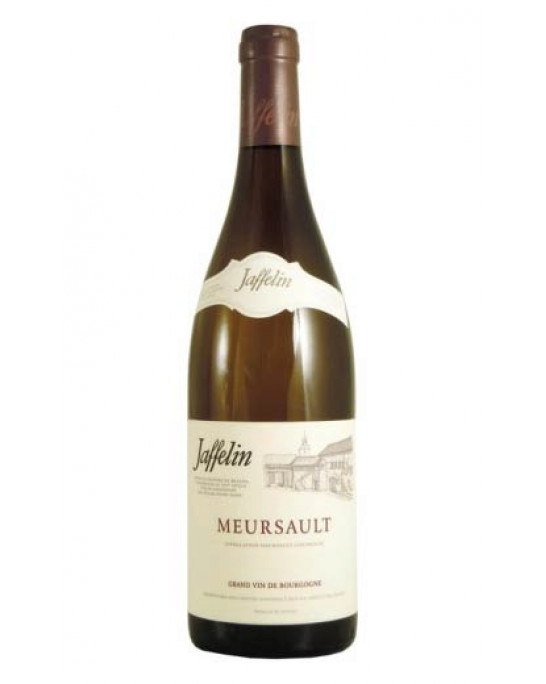
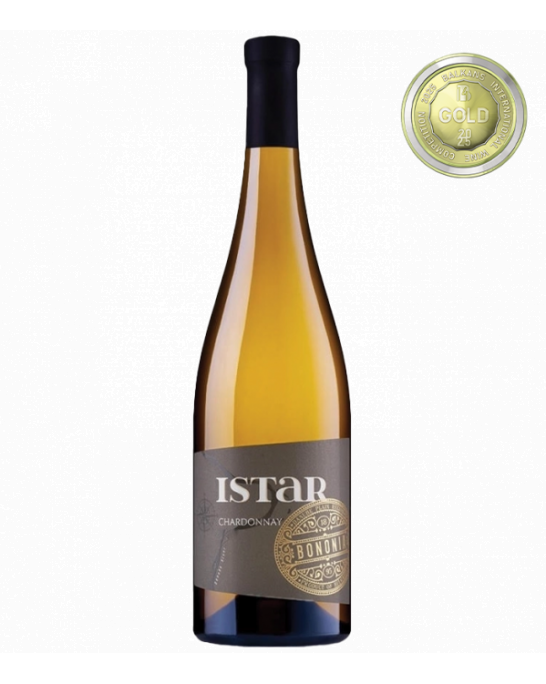
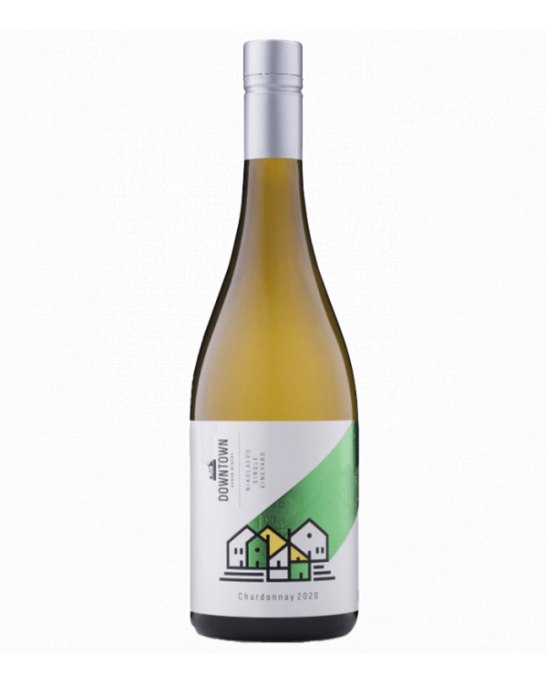
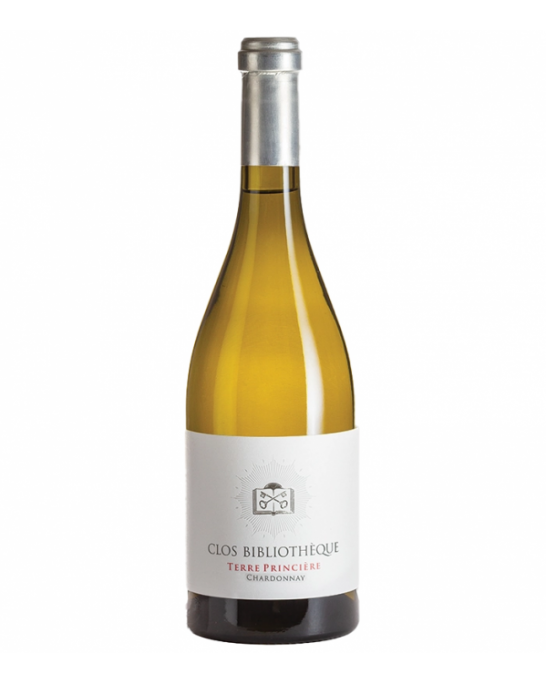
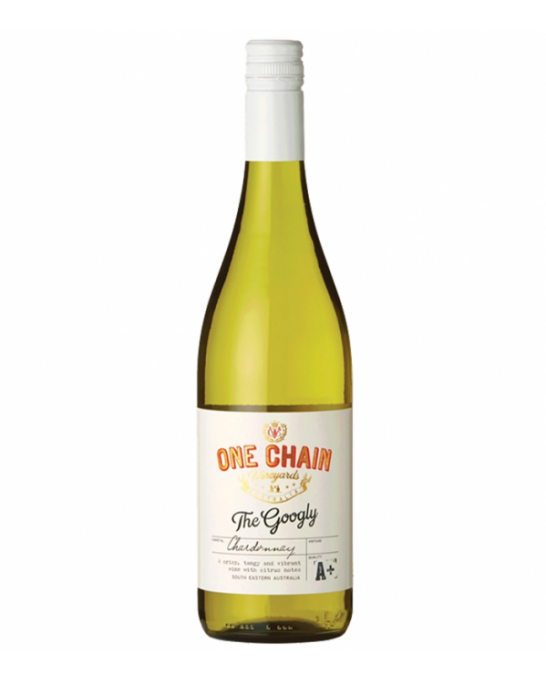
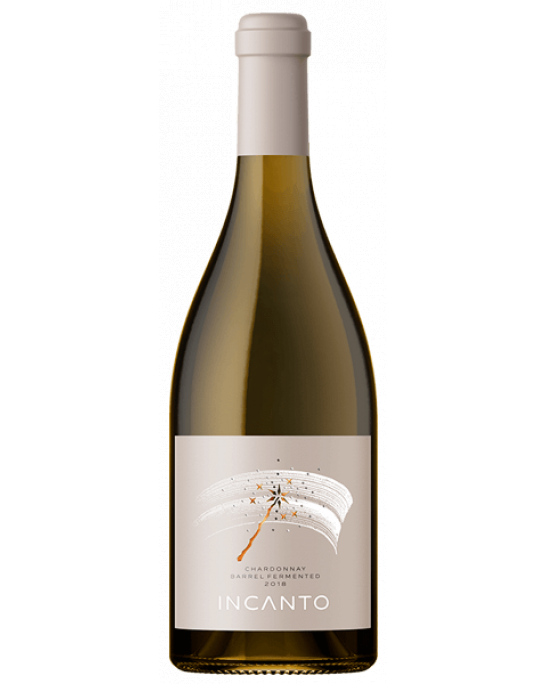
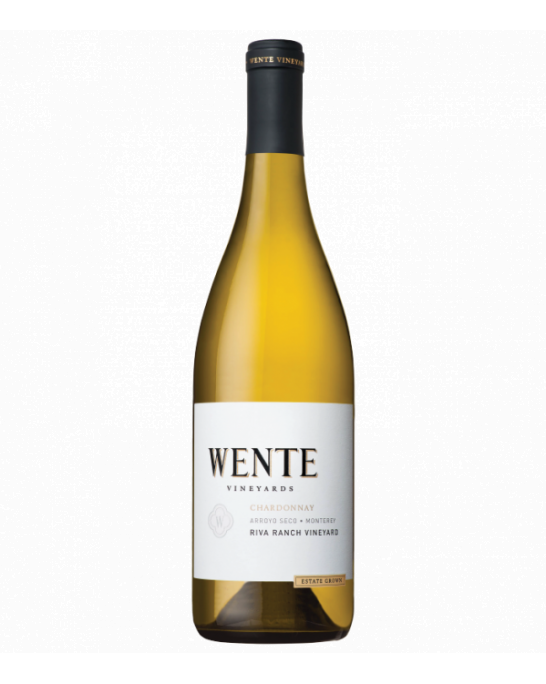
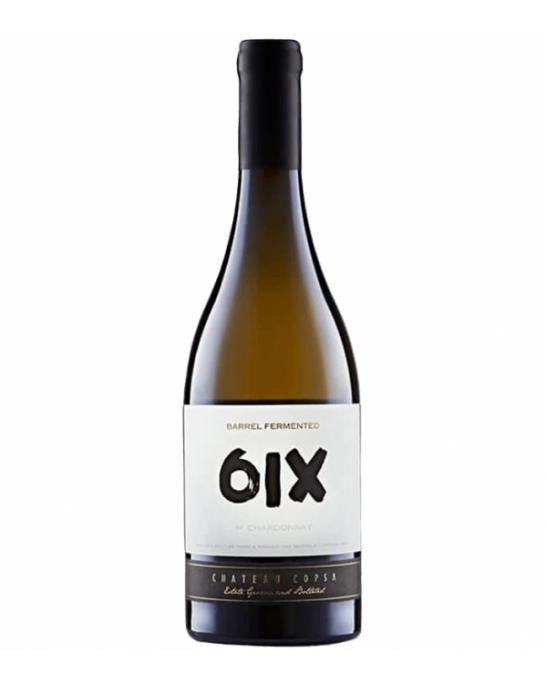
Customer reviews
No reviews available
Be the first to review